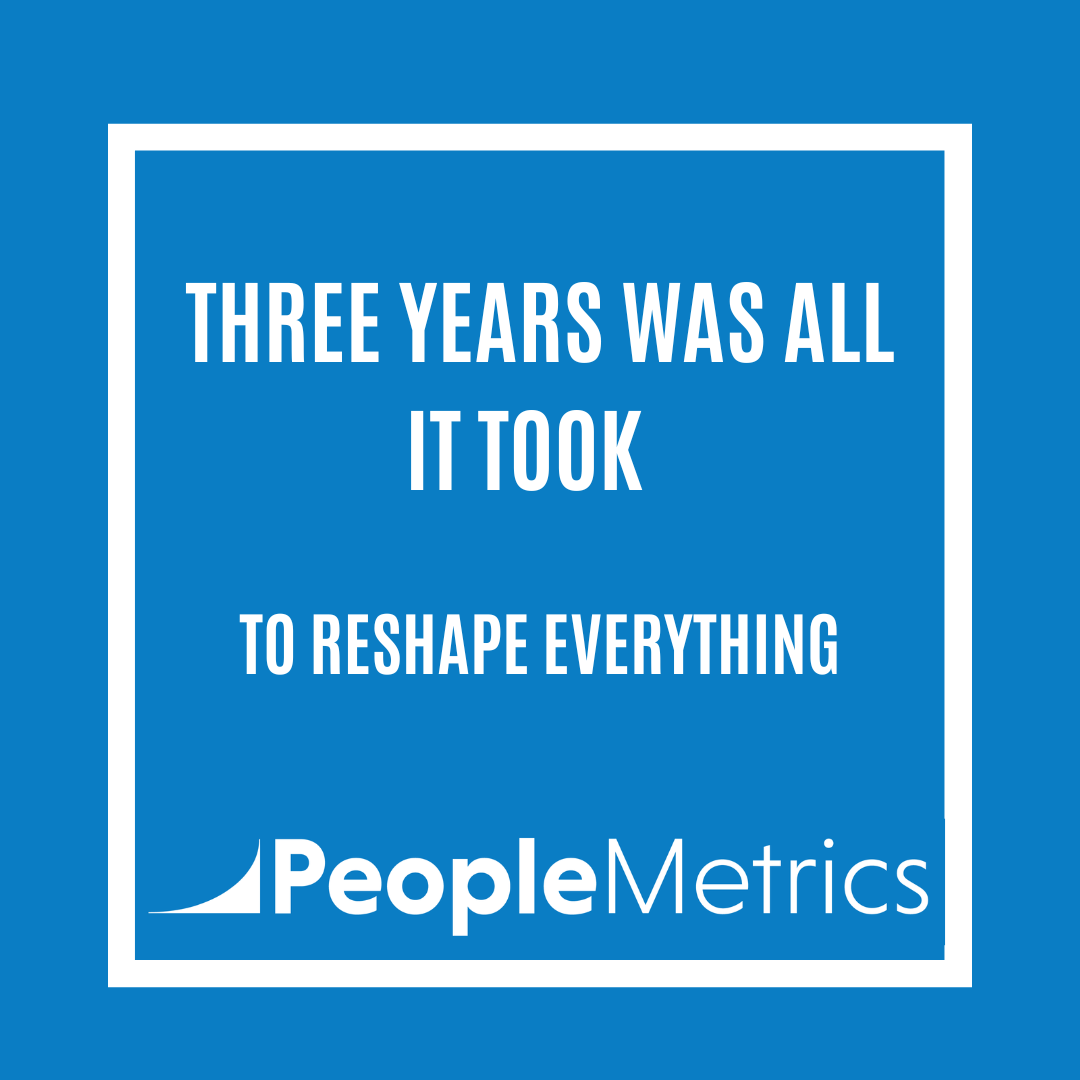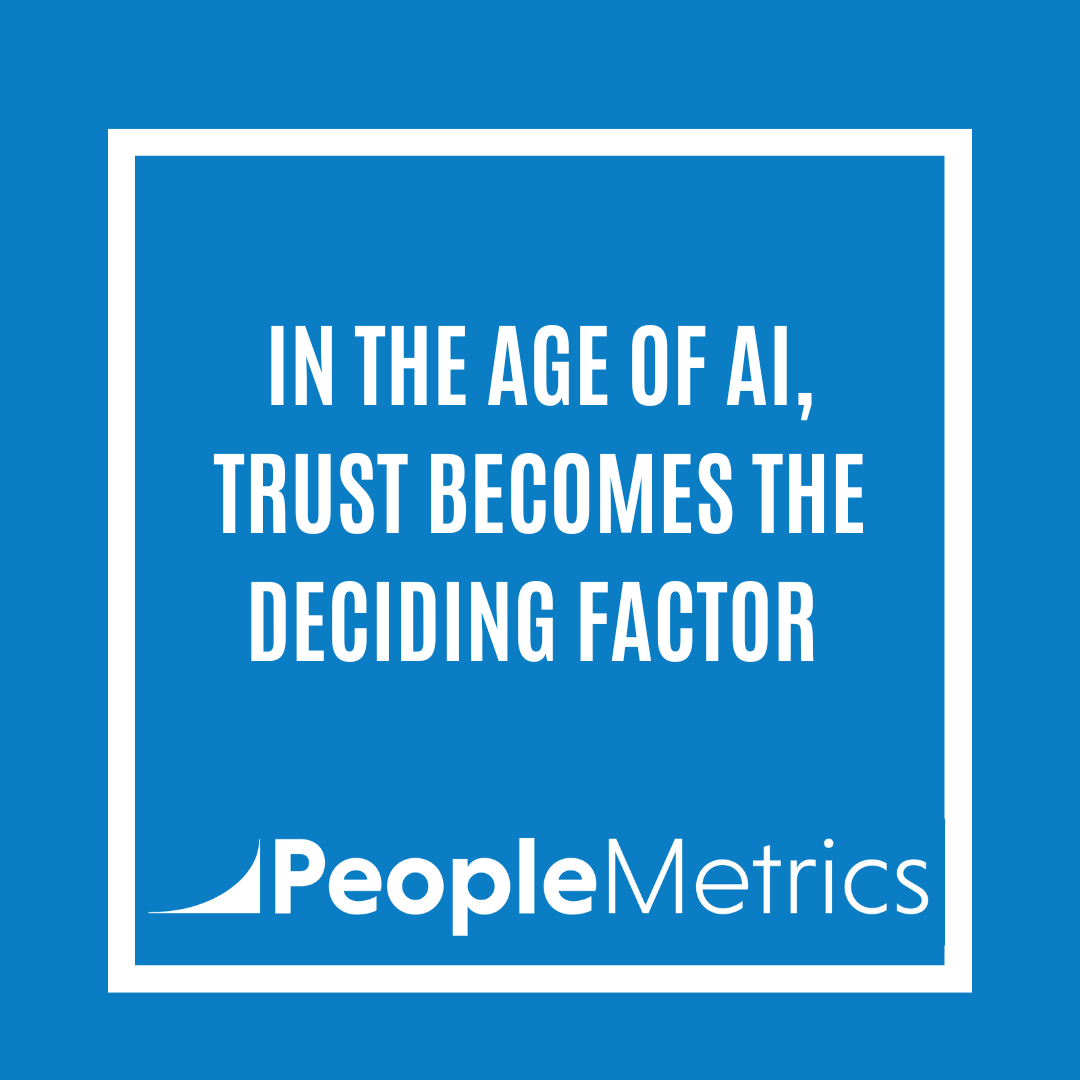The CX space has seen significant movement over the last few years – between multibillion-dollar acquisitions, advancement in AI, and continuously evolving core software, the industry is experiencing a renaissance.
Yet despite these technological advancements, it appears that many of those charged with leading these initiatives are too focused on polished, buzzword-laden tools, and are in turn losing focus of why these programs exist in the first place – to enhance the customer experience.
This past month I attended Forrester’s CXNYC 2019 conference to experience firsthand the advancements being made in the CX market (as well as to showcase our own advancements at PeopleMetrics).
However, despite the latest and greatest advancements that we and other CX market leaders were highlighting, Forrester took a different stance on where the Customer Experience industry is headed...
Forrester’s revelations were billed as radical, but at their core delivered a message that should be obvious to all of us:
While our toolkits have grown immensely, customers still demand a simple, easy experience.
Artificial Intelligence (AI) might be useful, but what good is it if it isn’t helping customers feel any better about your brand?
With this thought in mind, let’s take pause and ask ourselves: “What do customers really want?” and “Are our CX strategies truly aligned with the experience of our end customers?”
What do customers really want?
Customers want their interactions with your company to be as easy and frictionless as possible.
They want to talk to empowered brand representatives who have the answers they’re looking for and the ability to solve problems quickly and efficiently the first time they call. They want your physical space to be welcoming with employees that are easy to find and identify.
Above all, customers want to feel empathy towards their buying experience. Using chat bots and employing staff without the authority or knowledge to solve problems, while scalable, is also the quickest away to erode customer loyalty.
Stop: forcing customers into digital self-service (chat bots, kiosks, etc.) and complicated phone trees
Start: with a real human at first contact who can solve problems quickly, completely and empathetically
What really defines a great customer experience?
If you don’t understand your customers, you probably aren’t going to successfully deliver a positive customer experience.
Automation, AI, and chat bots may all lead to reductions in operational expenditure, but an over-reliance on these tools can also depersonalize the customer and create an unnecessarily complicated experience for them.
Customers are complicated, and often times it really does require human interaction to solve difficult customer problems properly and efficiently. How many times have you suffered through a seemingly endless phone tree that repeatedly redirects to the wrong topic, or a chat bot that provides feedback entirely irrelevant to the actual problem you’re facing and thought to yourself:
I just want to talk to a human!
At Forrester, Mary McDuffie, CEO of Navy Federal Credit Union, defined a great experience as being empathetic to the customer:
- Keep it simple – Strive for radical simplicity in both process and product. Simple = easy.
- Show me that you know me – Hire employees who understand your end customer and their goals.
- Do it for me – This is no longer the age of self service. Customers want companies to anticipate their needs and execute for them.
- People, not technology – An experience with a person will always be more memorable than an interaction with technology. Technology should be used to enhance customer experiences, but should not replace human interaction entirely.
Why are we measuring engagement but not resolution?
Almost every business has some sort of customer experience management (CEM) program. The majority are measuring transactions by using metrics like Net Promoter Score (NPS) or CSAT.
However, these data points don’t always expose easy-to-action insights. If you want to marry CX feedback data with actionable insights, you’ll need to measure:
- What are you customers asking and how frequently?
- Are your customers getting the answers they need?
- When are your customers escalating issues or moving to another channel?
- Are your employees empathetic to customer challenges?
Conclusion
○ ○ ○
About the Author
Audrey Squaresky is a Customer Experience Manager at PeopleMetrics. She works every day to help her clients improve the experience they provide to their customers. Outside of work, Audrey loves concerts, cooking and craft beer.






